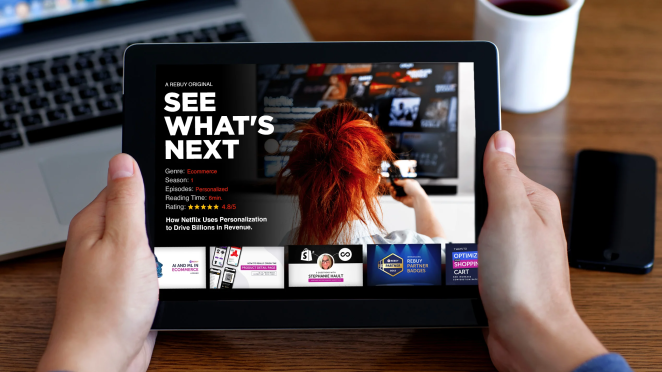There will come a time in the not-too-distant future where I officially get sick of writing about AI. Thankfully, however, I’ve not quite crossed the indifference Rubicon yet. Indeed, given the pace the technology is developing, it seems unlikely I’ll run out of angles to attack it from. Which leads me to today’s piece.
As AI becomes increasingly integrated into the otherwise completely creative art of branding, there are going to be as many opportunities to take advantage of as there are challenges to overcome. Branding, of course, is a practice that involves everything from graphic design and copy to typography and ensuring every piece of the puzzle feels cohesive is vital. This means it’s a little more complicated finding viable applications for the technology, but that hasn’t stopped agencies from having a go.
From content creation to data analysis, the real potential of AI is in streamlining the branding process. From using generative AI to produce content to using analytical AI to judge and adapt to market trends, there’s plenty of room to explore but can all this work sit together on the same page without feeling unnatural?
The Brands Already Using AI
The best way to explore the potential here is to look at what some of the biggest brands in the game are already achieving with the helping hand of AI.
Nutella
When it comes to standing out in terms of packaging design, what better way than ensuring every single package for every single product is completely unique? Nutella used AI to produce 7 million distinctive jar labels, reflecting the vibrant individuality of Italian culture. This campaign, by Ogilvy Italia, saw immediate success, with stocks of “Nutella Unica” selling out swiftly.
Cyber Inc
Cyber Inc leveraged AI to generate multilingual video content for their online courses, doubling their content creation speed and expanding into new markets ahead of schedule. The brand was able to create video much faster and scale into new markets much earlier than planned by generating content in multiple languages, which would otherwise be a time-consuming and costly process. Talk about scalability at a great price!
Netflix

Netflix’s AI algorithms curate personalized content recommendations that not only recommend shows but personalise artwork based on the viewing figures of each individual user. This is a great example of branding and analytics working in perfect sync with one another and might have something to do with the continued success of the platform, even as it cancels beloved shows left, right and centre.
FARFETCH
Luxury fashion retailers FARFETCH trusted their brand language to a machine by handing the reigns of their content over to the “Phrasee” tool, which is designed to generate on-brand content with enterprise-grade controls and optimization at scale. It does this by testing fresh styles, tones, words, and phrases and discovering the language that resonates with its audience in the best way possible.
These are all brands that used AI smartly and they are already reaping the rewards. That’s not to say, however, that there are not pitfalls to be avoided.
The Complications of AI Branding
Homogenization and Impersonality – Critics fear that overreliance on AI tools could lead to a depressingly homogenized branding landscape. Brands risk losing their unique voice and failing to resonate with consumers if AI-generated content lacks authenticity.
The Human Connection – Branding is inherently emotional and relies on human connections. While AI can enhance efficiency, it must not replace the emotional resonance that comes from genuine human interactions.
Brand Equity and Trust – AI can erode brand equity if misused. Brands must strike a balance between efficiency and maintaining trust with their audience.
The Best Practices for AI Branding
Human Oversight – Brands should use AI as a tool, not a replacement. Human oversight ensures that AI-generated content aligns with brand values and resonates with the audience.
Personalization – AI can personalize customer experiences by analyzing data. Brands must strike a balance between personalization and privacy concerns.
Transparency – Brands should be transparent about AI usage. Consumers appreciate honesty and want to know when they are interacting with AI.
As it stands right now, AI branding is a classic double-edged sword. When harnessed effectively, it can result in some truly groundbreaking and fascinating stuff, but brands must tread carefully. As technology evolves, the delicate dance between efficiency and creativity will continue to shape the future of branding and those not willing to dance will be inevitably left sitting on the sidelines.






